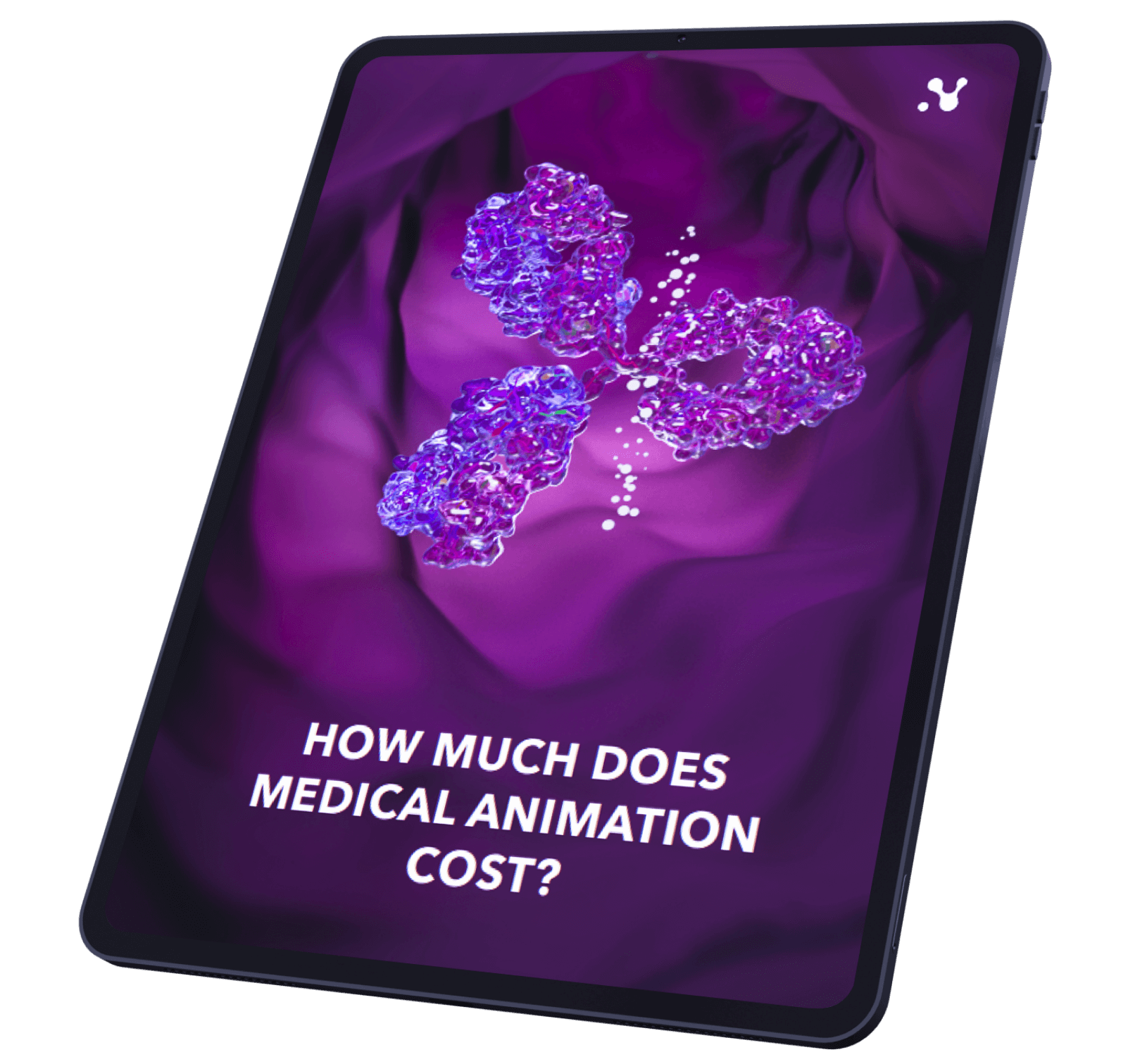There is no science without communication; nevertheless, the art of scientific communication is an entirely new idea. Such work requires some necessary skills, such as a scientific understanding, in combination with the creative ability to write, tell, and visualize science stories.
What is scientific storytelling? How do modern scientific communicators develop this skill set? One way is literature. We have compiled a shortlist of some essential books related to scientific communication that will make your life easier:

1. Connection: Hollywood Storytelling meets Critical Thinking by Dr. Randy Olson
Not many scientists can explain scientific communication as accurately as Dr. Randy Olson. As an experienced professor of marine biology, he moved to Hollywood. There the doctor acquired knowledge in the field of filmmaking and mastered his art. That is why Randy Olson has experience not only in science but also in telling fascinating stories.
The book will help you find specific methods that can be used immediately. Besides, it is handy for those who want to improve their storytelling skills.
His books “Dr. Olson’s” and “But – Therefore” are powerful tools that can become your template for improving any communication.
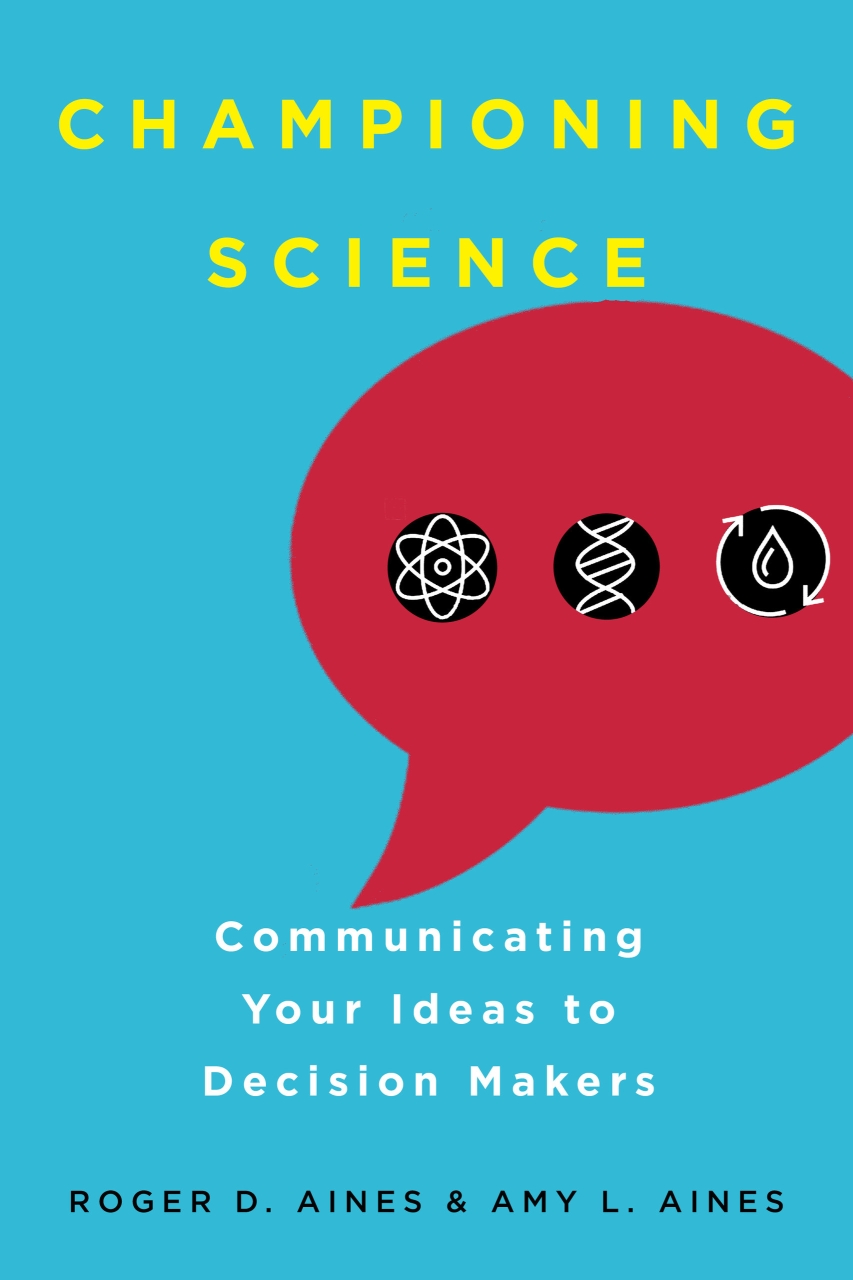
2. Championing Science: Communicating Your Ideas to Decision Makers by Dr. Roger Aines and Amy Aines
In communicating with people, your main goal is to convince the audience that finding the X has some meaning for them. For example, to gain research funding or to influence social changes, you need to inspire.
In short, “Championing Science” is a kind of a guide for those who want to communicate convincingly complex scientific ideas to individuals who will subsequently make decisions.
The author described in detail the typical mistakes of beginners in scientific communication and gave examples, as well as tips and strategies that will help you make your message inspiring, understandable, and transparent.
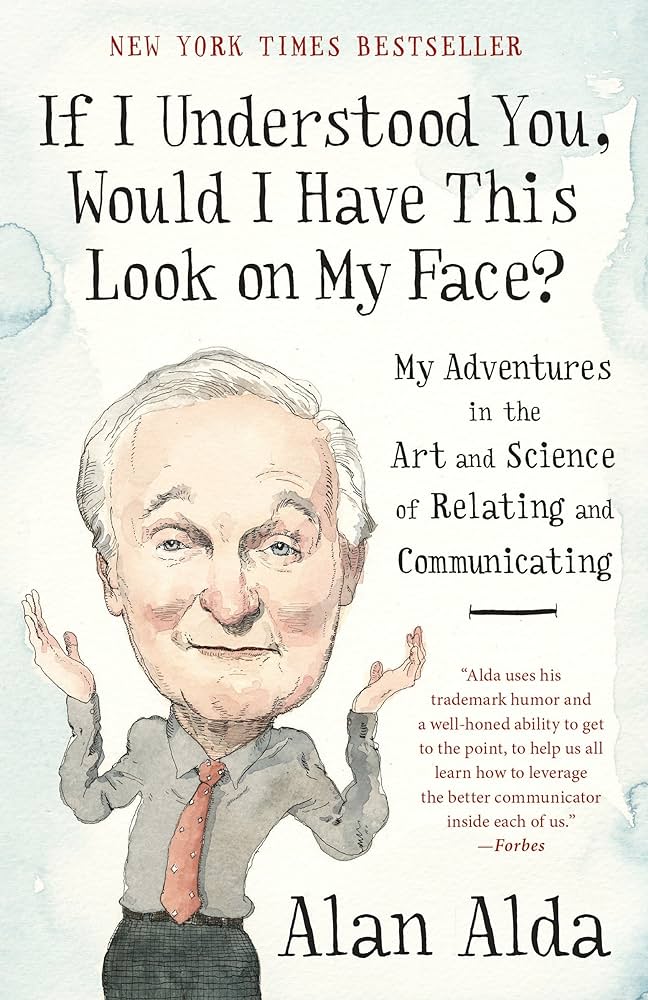
3. If I Understood You, Would I Have This Look on My Face?: My Adventures in the Art and Science of Relating and Communicating by Alan Alda
Alan Alda played an inventive surgeon in the 1970s MASH series; however, since then, he has managed to build a completely new career as an advocate of science and a teacher of the art of communication. In his book, Alda gives all readers a beneficial and informative example of the importance of proper tactful communication, combined with various innovative and creative ways to help people.
It is often difficult for us to understand whether the listeners know what we are trying to convey, which is why Alda pays a lot of attention to emotions and empathy in his book. He also provided practical, useful tips for reading people’s emotions and answers to find understanding and see the connection in their eyes.
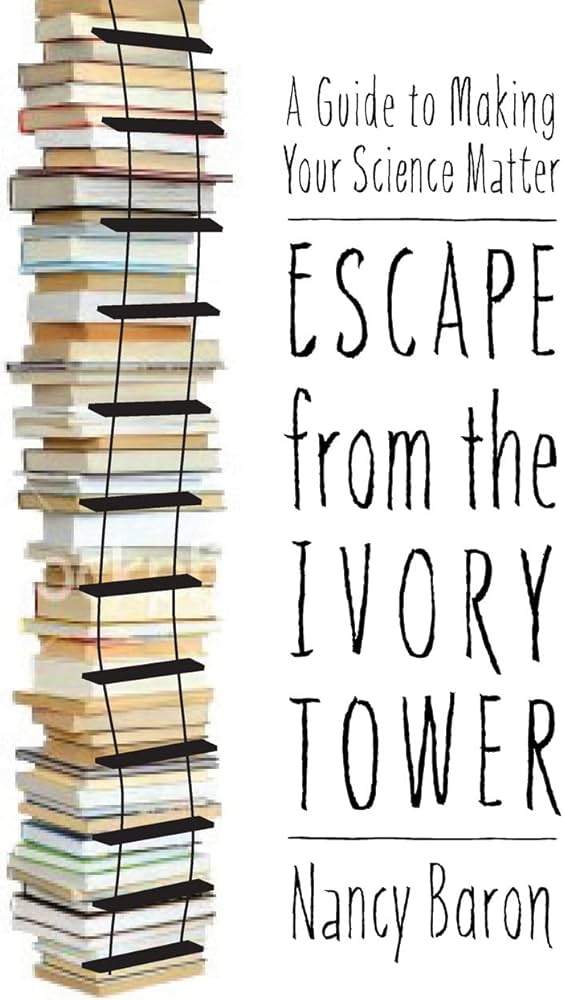
4. Escape from the Ivory Tower: A Guide to Making Your Science Matter by Nancy Baron
“Escape from the Ivory Tower” can be called a guide for scientists of all fields who want to convey their thoughts, conclusions, and ideas to a broad audience.
Baron focuses on preparing for research, as well as using the media to disseminate them. Are you interested in how to get the most out of an interview? Or how to avoid a terrible misunderstanding and fight with the media that distort the words you say? You will find these practical tips in the book by Nancy Baron, which will also give you a lot of useful information about the expectations of politicians and journalists from scientists and the expectations of scientists from politicians and journalists.
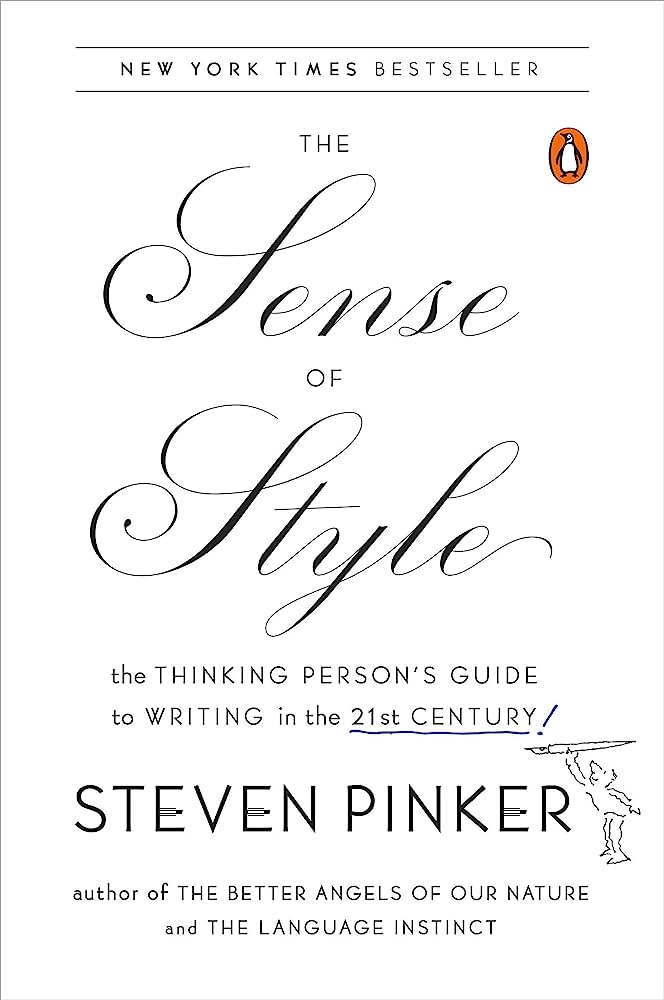
5. The Sense of Style: The Thinking Person’s Guide to Writing in the 21st Century by Steven Pinker
You may already be familiar with the fact that a huge part of scientific communication relies on various media, such as scientific journals, blogs, newspapers, and books.
That’s why the last but not least, book on our list is one by Stephen Pinker – a famous scientist and linguist. The writer provides a guide on the style of scientific writing and how to make it most effective.
Pinker uses neuroscience to eloquently and in detail, explain how to word thoughts in the best possible way, based on the way our brain understands words. Of course, some readers may not be interested in the detailed approach to the technical field of writing; however, many others will like his construction of a correct, compelling, concise, and beautiful book.
Conclusion
All the books we have collected are incredibly useful for any scientific storyteller who wants to improve their skills, convey his ideas and opinions to the audience, as well as find like-minded people. They will help even a novice to effectively and correctly build the speech and interest others in what you have to say. Our company Nanobot Medical employs professionals who are familiar with all these books and will be happy to put their knowledge into practice in any of your projects. Our scientific storytelling company values both customers’ time and money, which is why we can turn any complex scientific concepts into visual science media that is easy to understand.
You can familiarize yourself with our team, contact us, or find out more about our scientific animation projects at Nanobotmedical.com


